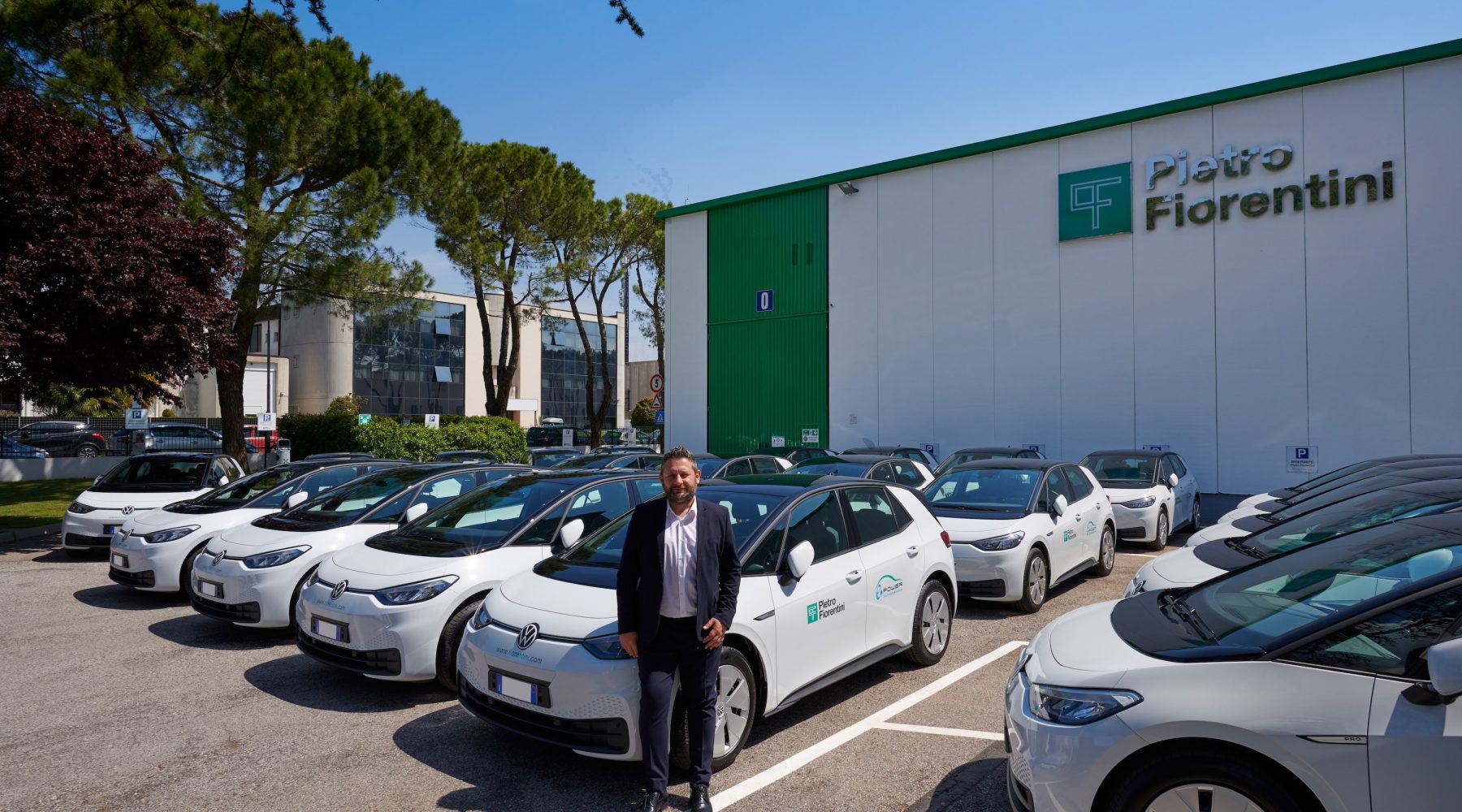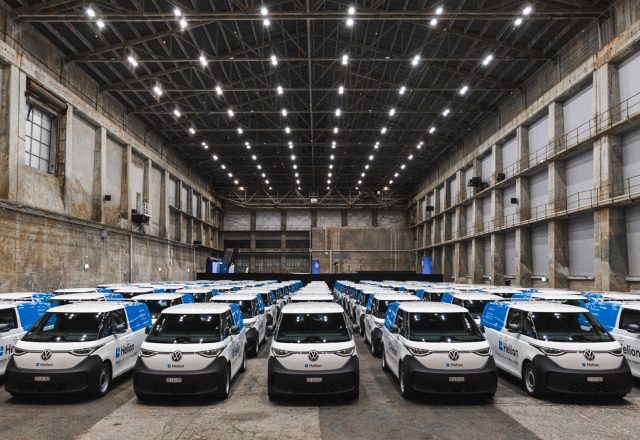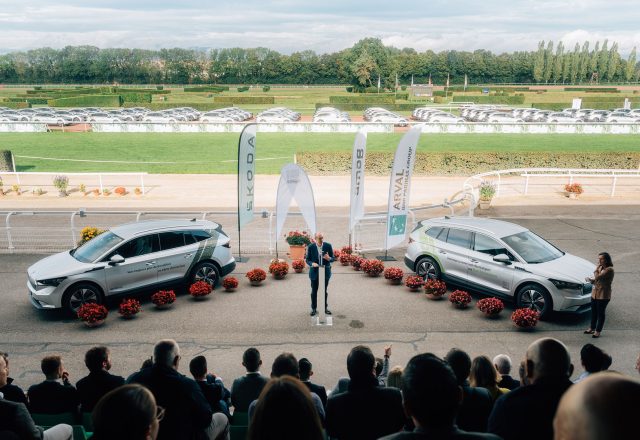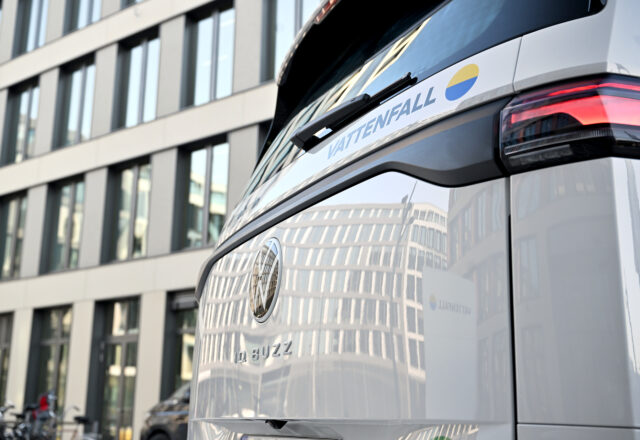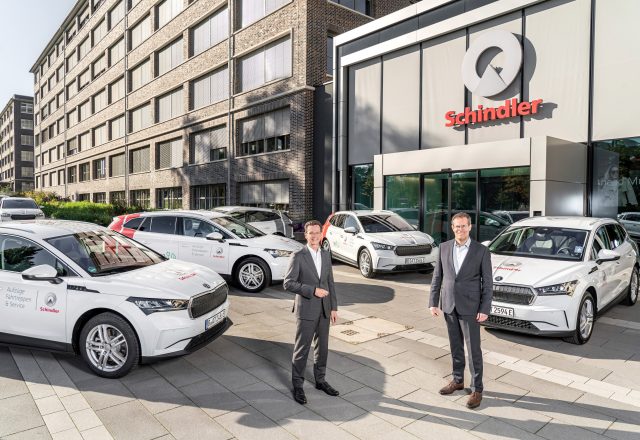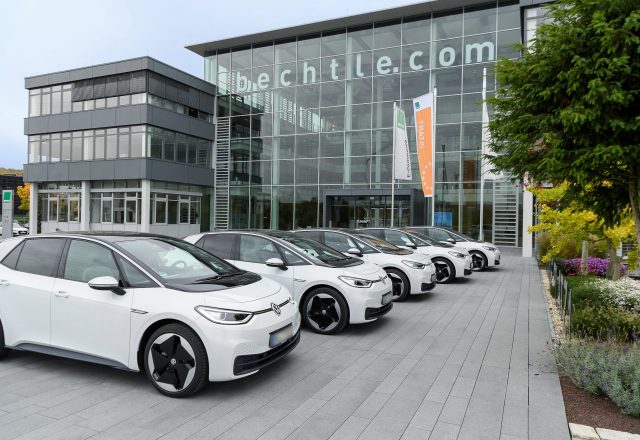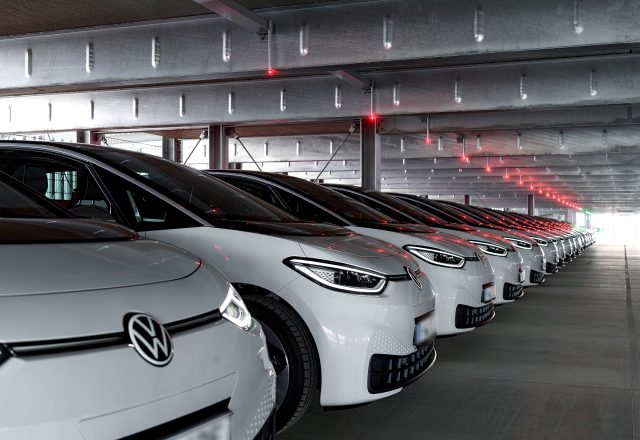Interview with Lorenzo Groppo
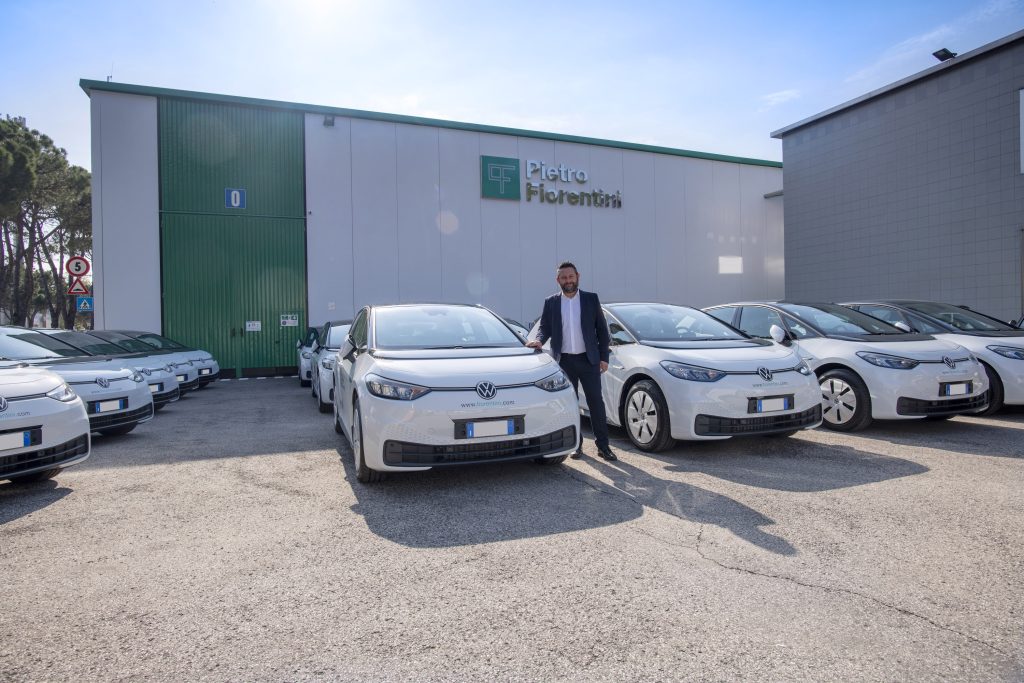
Long distances, frequent use, many users: The pool vehicles of the Italian technology solutions provider for the multi-gas system Pietro Fiorentini are exposed to high loads. Now the company has decided to electrify its fleet. Fleet Manager Lorenzo Groppo reveals in an interview how the conversion succeeded.
Mr Groppo, you are currently converting the fleet of the Pietro Fiorentini Group to electric vehicles. Can you tell us something about the background?
At Pietro Fiorentini, we work according to the principles of Kaizen. One of these principles is: identify and eliminate waste/the unnecessary – the “muda.” In 2018, I asked myself what the worst muda were in our fleet management. The answer was: car accidents and fuel costs. So I started to do a lot of research on safety and electric mobility.
We take “safety first” very seriously at Pietro Fiorentini – the principle is part of our DNA. To improve safety, we retrofitted all vehicles in our fleet with driver assistance systems. The results were striking: the number of accidents dropped from around 50 per year to 9 – in the first six months there was not a single one. The safety of our employees has increased significantly with this measure. In addition, accident-related costs have dropped and customers are not annoyed about cancelled appointments.
When it came to the second question – reducing fuel costs – it quickly became clear to me that this would only really work through electrification. In addition to 100 commercial vehicles, the majority of Pietro Fiorentini employees drives pool passenger cars. I started with these first.
Why did you choose Volkswagen?
Another important principle in Kaizen is “you have to listen to your customer.” My customers, the pool and company car drivers at Pietro Fiorentini, appreciate Volkswagen Group vehicles.
In addition, there were always service problems with other brands. Our employees are on the road all over Europe and have to be able to rely on a good service network. The excellent service and the very good local and international cooperation previously with the Volkswagen brand were the deciding factors for us to ask Volkswagen Financial Services Italy for a leasing offer.
So the decision to electrify your fleet was made. What happened next?
The very first day the ID.3 was available at the dealer, I test drove it. From Vicenza – where I work – to our furthest company location. Because it was an important internal argument for the project that you can reach all our Italian locations with just one battery charge and re-charge there. The use of external charging stations should remain the exception.
Then, with the support of Volkswagen, we analyzed the real-life use of our pool vehicles. To do this, we were able to access anonymized data from the logbooks from May to November 2020. Based on this information, Volkswagen Sales Europe then examined the feasibility of switching to e-mobility for each individual vehicle, determined the potential savings in economic terms and in terms of CO₂ emissions, and recommended the batteries suitable for the respective driving profile.
Together with our facility manager, we then investigated how many charging points we needed and where we could place them. We also had to check how much electricity was available to us per location and asked the fire brigade to assess the situation on site. It was a lengthy and challenging process, but the information on charging times provided by the Volkswagen MEB Consulting team helped enormously.
Moreover, Volkswagen Italy, the local dealer and the Italian subsidiary of Volkswagen Financial Services fully supported us with the internal presentation of the project and will assist us with the training of our users at the company venues. It was a team effort and all the divisions of VW Group involved in the process played an important role. Because we are talking about a cultural change here. Thus, we need a holistic approach from our OEM partner to support us throughout the entire journey at the local and international level. The new type of mobility first has to be made understandable to the employees so that they really accept it. I am convinced that conventional, pure delivery of the new vehicles would have led to failure. For electric mobility, we need more than that: We need people who are committed to cultural change.
“Through the annual fuel savings, we expect the investment to have paid for itself after just one and a half years.”
Lorenzo Groppo
Fleet Manager at Pietro Fiorentini S.p.a.
The conversion of a fleet to electromobility naturally also incurs costs. Why does the conversion still pay off?
In our case, the majority of the costs arise from the installation of the charging stations. Through the annual fuel savings, we expect the investment to have paid for itself after just one and a half years. In addition, we also reduce our CO₂ emissions by 64.2 tons – the equivalent of the amount of carbon dioxide that around 2,140 trees bind in 12 months.
What’s next?
The conversion of the pool vehicles in our fleet was by far the biggest challenge, simply because of the number of users. With the support of Volkswagen Sales Europe, we will soon be analyzing the driving profiles of the user choosers with the help of the Mobility Profile & TCO Tool. Then we want to add more fully electric and hybrid vehicles to our fleet, especially ID.3 (power consumption in kWh/100 km¹⁾: combined 15.4-13.1; CO₂ emissions in g/km¹⁾: 0; efficiency class: A+) and ID.4 (power consumption in kWh/100 km¹⁾: combined 16.9-15.5; CO₂ emissions in g/km¹⁾: 0; efficiency class: A+). Having had very good experiences with Volkswagen vehicles, we are also considering models from other Group brands if they fit the respective requirement profiles. I’m thinking of the Audi e-tron (power consumption in kWh/100 km¹⁾: combined 24.3–21.4 (NEDC); 26.1–21.7 (WLTP); CO₂ emissions in g/km1): 0; efficiency class: A+) or the Q4 e-tron (power consumption in kWh/100 km¹⁾: combined 17.3–15.8 (NEDC); 19,0–17,0 (WLTP); CO₂ emissions in g/km¹⁾: 0; efficiency class: A+), for example.
From today’s perspective, what is your recommendation for converting the fleet to electric mobility?
It is important to understand that it is not simply a matter of switching to “other vehicles.” Rather, it is a cultural change. And you can’t handle that alone as a fleet manager. You need a clear commitment from the management and the support of the human resources department as well as facility management. You also need help from “the people who made the car and know it inside out”: the support of Volkswagen Italy and of MEB-Consulting Sales Europe during the transition to e-mobility was essential for the success of our project.
Vehicle illustrations partly show optional equipment.
1) The specified fuel consumption and emission data have been determined according to the measurement procedures prescribed by law. Since 1st September 2017, certain new vehicles are already being type-approved according to the Worldwide Harmonized Light Vehicles Test Procedure (WLTP), a more realistic test procedure for measuring fuel consumption and CO2 emissions. Starting on September 1st 2018, the New European Driving Cycle (NEDC) will be replaced by the WLTP in stages. Owing to the more realistic test conditions, the fuel consumption and CO2 emissions measured according to the WLTP will, in many cases, be higher than those measured according to the NEDC. Therefore, the usage of CO2 emission values measured according to WLTP for vehicle taxation from 1st September 2018 on can cause changes in this regards as well. For further information on the differences between the WLTP and NEDC, please visit www.audi.de/wltp and www.volkswagen.de/wltp.
We are currently still required by law to state the NEDC figures. In the case of new vehicles which have been type-approved according to the WLTP, the NEDC figures are derived from the WLTP data. It is possible to specify the WLTP figures voluntarily in addition until such time as this is required by law. In cases where the NEDC figures are specified as value ranges, these do not refer to a particular individual vehicle and do not constitute part of the sales offering. They are intended exclusively as a means of comparison between different vehicle types. Additional equipment and accessories (e.g. add-on parts, different tire formats, etc.) may change the relevant vehicle parameters, such as weight, rolling resistance and aerodynamics, and, in conjunction with weather and traffic conditions and individual driving style, may affect fuel consumption, electrical power consumption, CO2 emissions and the performance figures for the vehicle.
Further information on official fuel consumption figures and the official specific CO2 emissions of new passenger cars can be found in the “Guide on the fuel economy, CO2 emissions and power consumption of new passenger car models”, which is available free of charge at all sales dealerships and from DAT Deutsche Automobil Treuhand GmbH, Hellmuth-Hirth-Str. 1, D-73760 Ostfildern, Germany and at www.dat.de.
Status: 05.05.2021
© Volkswagen AG
